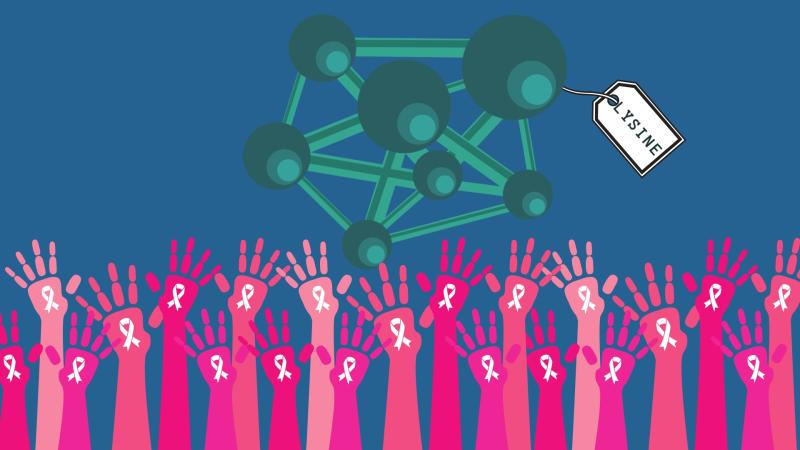
Proteins are made up of various kinds of amino acids that act as building blocks. These amino acids are 'labelled' for different biochemical, biophysical and therapeutic uses by attaching specific molecules to them to aid in identification. Conventionally, drugs, small molecules or fluorescent tags are used to label these amino acids. However, since most proteins contain similar types of amino acids, all those get marked in the process! But what if you had to label just one amino acid in a protein?
In a recent study, scientists at the Indian Institute of Science Education and Research (IISER), Bhopal, have developed a protocol where a single amino acid in a protein can be labelled. This process is called single-site labelling of proteins. The researchers have published their proposed approach in the journal Chemical Communications and is supported by the Scientific and Engineering Research Board (SERB), the Department of Atomic Energy (DAE) and the Department of Biotechnology (DBT). This innovation could pave the way for the development of therapeutics against cancer, say the researchers.
“Earlier, native proteins were largely considered beyond the scope of site-selective labelling. Our chemical platforms are changing this scenario”, says Dr Vishal Rai from IISER Bhopal, who led the study. The researchers claim that their single-site labelling method does not affect the overall functioning of the protein.
In a previous study, Dr Rai’s group had developed a method to label a protein in a site-selective manner. However, since the technique used copper, its use was limited to labelling proteins that did not react with the metal. Therefore, the researchers were on the lookout for better methods that could label proteins in a site-selective manner.
In the current study, the researchers propose a protocol to label the amino acid lysine in a protein at a single site. Lysine is an amino acid that is present in most proteins. After proteins are formed, lysine sites may be labelled with specific molecules, thereby modifying processes like gene regulation. The proposed protocol allows for the modification of the amino acid with the addition of drugs or other molecules.
The researchers used a chemical reaction, called the phospha-Mannich reaction, to label the lysine site in the protein. The phospha-Mannich reaction involves the addition of an aldehyde group—an organic compound containing Carbon, Hydrogen and Oxygen as a functional group—to an amino group, which in this case, is provided by lysine. They also tested the labelling process on some proteins including ubiquitin, which marks other proteins for degradation; RNase A, an enzyme that breaks single-stranded RNA molecules, and myoglobin, which is a protein that carries oxygen to the muscle tissues.
The researchers successfully added probes, drugs and fluorescent tags to these labelled proteins and then tested the function of the proteins. They found that all the proteins retained their biological activity after labelling.
Furthering this study, the researchers developed an antibody-drug conjugate using the newly developed protocol. Antibody-drug conjugates are a class of drugs used to treat cancer and are made and up of an antibody which is bound to a drug. They are created by labelling antibodies with drugs at specific sites, and these antibodies bind to proteins present on the surface of cancer cells but not normal cells. This binding signals the cancer cell to ingest the conjugate, which contains a cytotoxic drug component that destroys the cancer cell without harming the neighbouring healthy cells.
When the researchers tested the newly-created antibody-drug conjugate, they found that the proliferation of cancer cells declined. Besides, the action of the drug-conjugate did not affect healthy cells, thereby selectively targeting the cancerous cells.
The proposed method of protein labelling lays the foundation for the development of highly selective and sensitive drugs that could be used to treat a variety of diseases. “It paves the way for examining the potential of this method for directed cancer chemotherapeutics. Besides, we are excited to see how this technology would impact the area of conjugate vaccines”, remarks Dr Rai.





